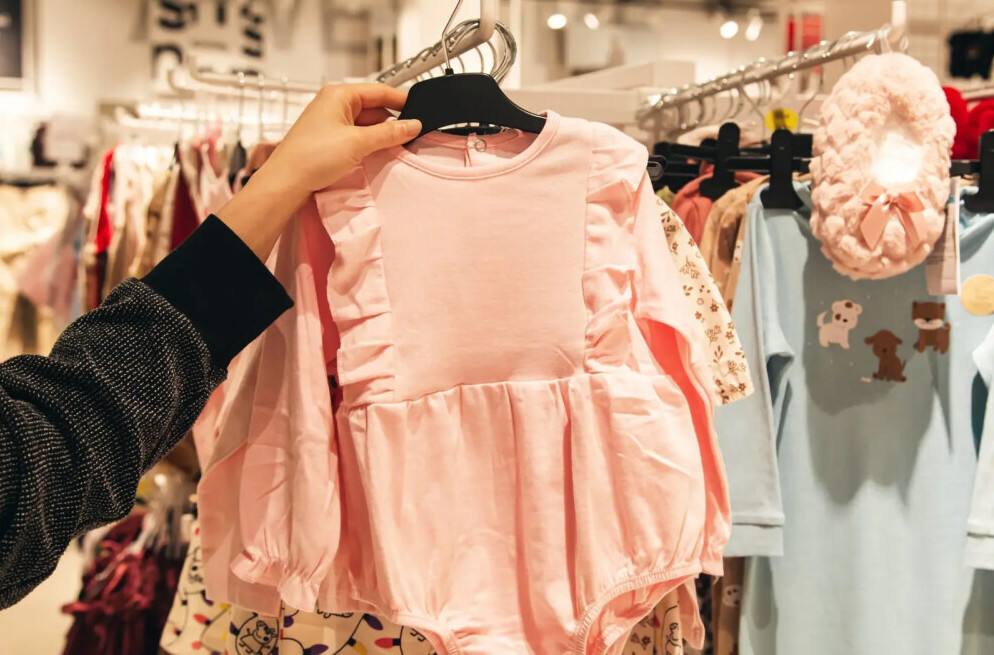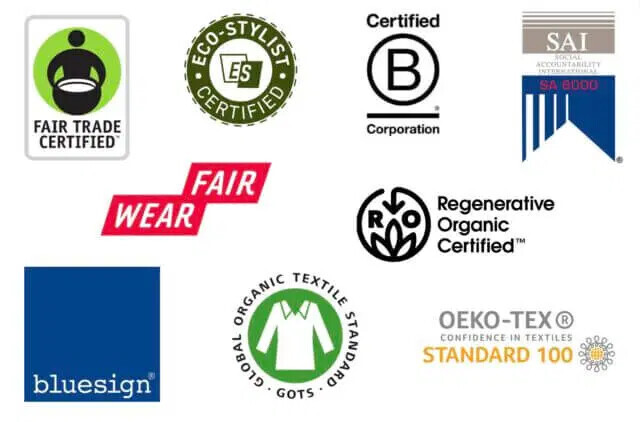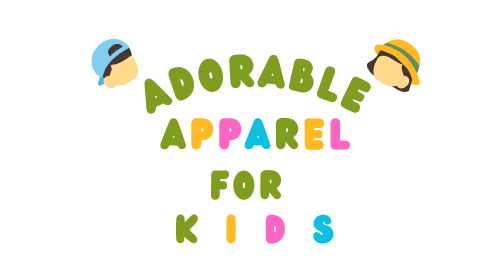
Certifications in organic kids’ clothing may look like alphabet soup, but they matter. They ensure clothes are organic, safe, and sustainable.
Think of organic certifications as protection from greenwashing—a sneaky tactic where brands claim to be more eco-friendly than they really are.
Knowing which ones are real helps you get what you paid for and support eco-friendly practices.
These labels are more than marketing—they prove materials are organic and free from harmful chemicals, which is vital for kids’ sensitive skin.
Brands with these certifications often lead in ethical fashion, so your purchase supports safer, more sustainable practices for children and the planet.
Recommended: Organic Kids Clothing: Shrinking Carbon Footprints
Key Certifications to Look for When Choosing Organic Kids Clothing
When shopping for organic kids clothing, knowing which certifications to look for can make all the difference.
These certifications guarantee the materials and processes used meet high organic and safety standards.

1. The Global Organic Textile Standard (GOTS) is one of the most trusted labels. A GOTS-certified product is organic from farm to finish, covering raw material harvesting and responsible manufacturing.
2. The OEKO-TEX® Standard 100 focuses on chemical safety. Fabrics with this certification are tested for harmful substances, making them safe for kids’ sensitive skin.
3. USDA Organic certification, often seen with food, also applies to textiles. It ensures at least 95% of the fabric’s raw materials are organically grown, adding extra assurance.
Being familiar with these certifications helps you shop smart, choosing clothes that are safe for kids, kind to the planet, and support responsible brands.
Recommended: Understanding The Health Benefits Of Organic Kids Clothing
How to Verify Genuine Organic Kids Clothing Certifications
Spotting genuine certifications on kids’ clothing can be tricky, but knowing what to look for is essential in avoiding imposters.
- Always check for certification logos and license numbers. These numbers are unique to each certified product.
- Be on the lookout for misspelled certification names or off-brand logos. If something looks off, trust your instincts.
- Use online tools to verify claims. Sites like GOTS let you search license numbers to confirm authenticity.
- Check the seller’s reputation when shopping online. Reviews and ratings can reveal a lot about credibility.
Taking these extra steps helps you avoid counterfeit products and ensures your child gets safe, truly organic clothing.
Navigating the Future: Emerging Trends and Innovations in Organic Kids Clothing Certifications
The organic kids clothing world is evolving fast. As parents become more aware, the demand for real organic certifications is growing. This pushes brands to improve transparency and strengthen their certification process.
Eco-friendly practices are becoming standard. Companies now focus on sustainability across the supply chain, reducing harm to the environment. This shift points to a cleaner, greener future in clothing.
Technology is also stepping up. Tools like digital certifications and blockchain help track clothing from raw material to store. This ensures authenticity every step of the way.
Parents hold real power. The call for transparency drives brands to adopt ethical practices. Choosing certified organic clothing means safer options for kids and a positive change for the industry.

